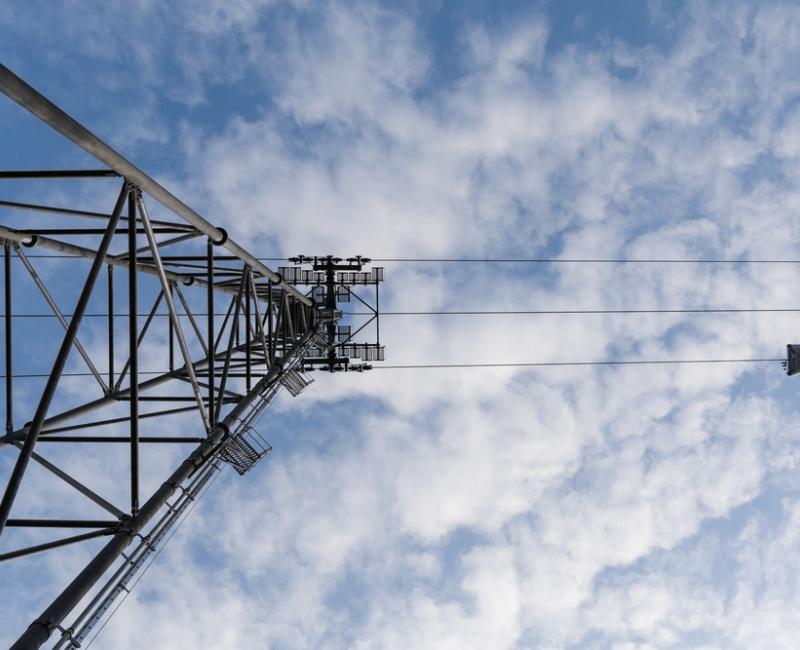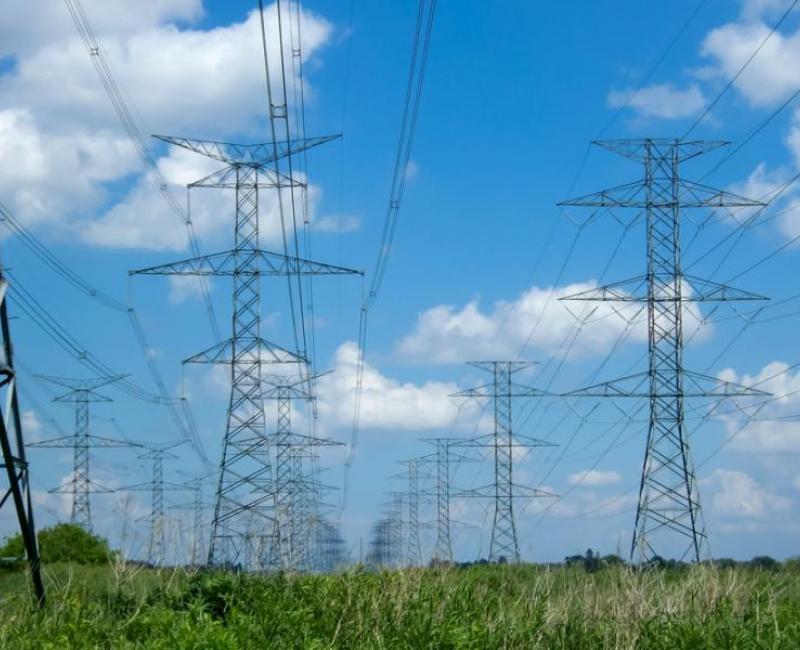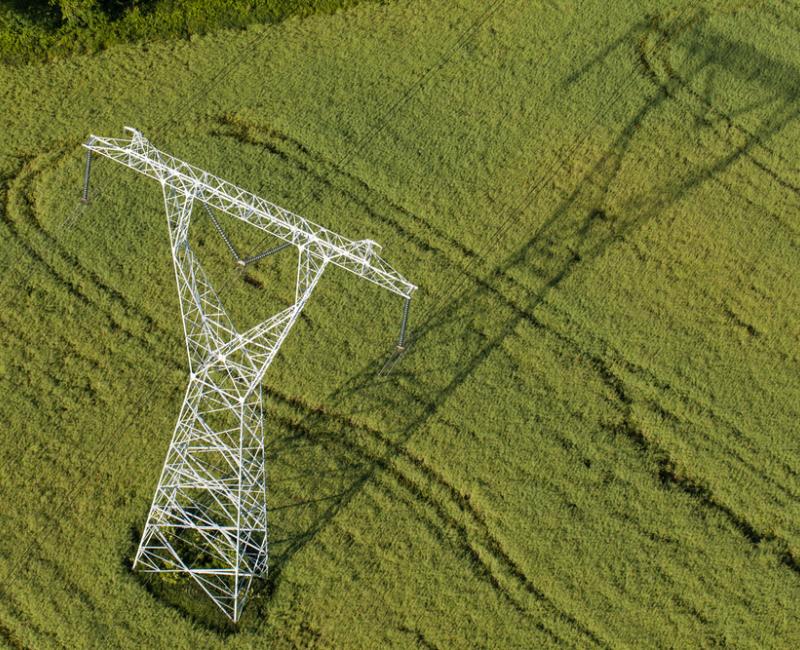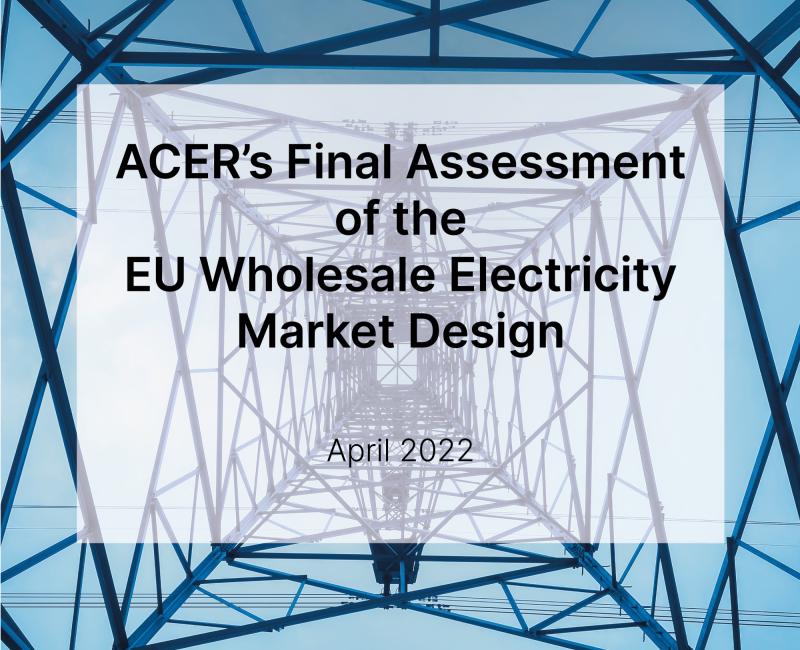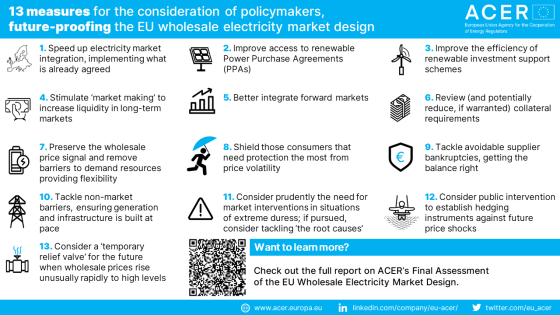Market rules for different electricity market timeframes
Market rules for different electricity market timeframes
What is it about?
Common market codes (or rules) at EU level make it easier to trade electricity across borders. The market codes correspond to the different timeframes of the wholesale electricity market:
-
forward market
-
day-ahead market
-
intraday market
where market participants exchange energy with different lead times.
A separate balancing market is run by the Transmission System Operators (TSOs) which allows them to settle imbalances and avoid blackouts if demand and supply do not match.
Market rules for different electricity market timeframes
Forward market
The Forward Capacity Allocation (FCA) Regulation ensures the availability of sufficient hedging opportunities in the forward timeframe and includes provisions for the allocation of long-term transmission rights by TSOs.
Main characteristics:
-
Market participants hedge the risk and/or exposure against possible price fluctuation on spot markets (i.e. day-ahead, intraday) with the financial trade taking place up to several years before the physical delivery in a specific bidding zone.
-
Price formation is based on the expected average price of the day-ahead timeframe.
-
If a bidding zone does not offer a sufficiently liquid forward market to hedge risks, this has consequences on:
-
consumers (which often need to pay significant risk premiums)
-
Increase in bankruptcy cases (in case of unexpected prices).
-
Market rules for different electricity market timeframes
Day-ahead and Intraday markets
The Capacity Allocation and Congestion Management (CACM) Regulation increases welfare effects while ensuring the well-functioning of the day-ahead and intraday markets (including operational security).
Main characteristics:
-
The physical trades take place up to one day-ahead or some minutes (e.g. 15 minutes) ahead of the physical delivery.
-
To ensure the efficient use of the available cross-zonal capacity for the exchange of electricity between different bidding zones in those market timeframes, the cross-zonal capacity is allocated implicitly in the so-called single day-ahead and intraday market coupling.
The process flow chart for the current situation in day-ahead (on the left) provides an overview of the involved parties and tasks.
ACER recently proposed reasoned amendments for a new CACM Regulation (“CACM 2.0”) including changes to this set-up.
Market rules for different electricity market timeframes
Balancing market
The Electricity Balancing (EB) Regulation establishes and regulates the smooth exchange of balancing energy across the European Union.
Main characteristics:
-
If demand and supply of the market participants trading in the electricity markets do not match, the imbalance needs to be corrected by TSOs.
-
TSOs procure balancing services (i.e. balancing capacity and energy) from market participants (with reserve-providing units/groups) which enable the electricity transmission grid’s frequency to be maintained.
-
The procurement of balancing capacity is done in parallel to other timeframes while the procurement of balancing energy takes place during or after the intraday timeframe (see graph on the left)
Find out more on ENTSO-E’s market report.



